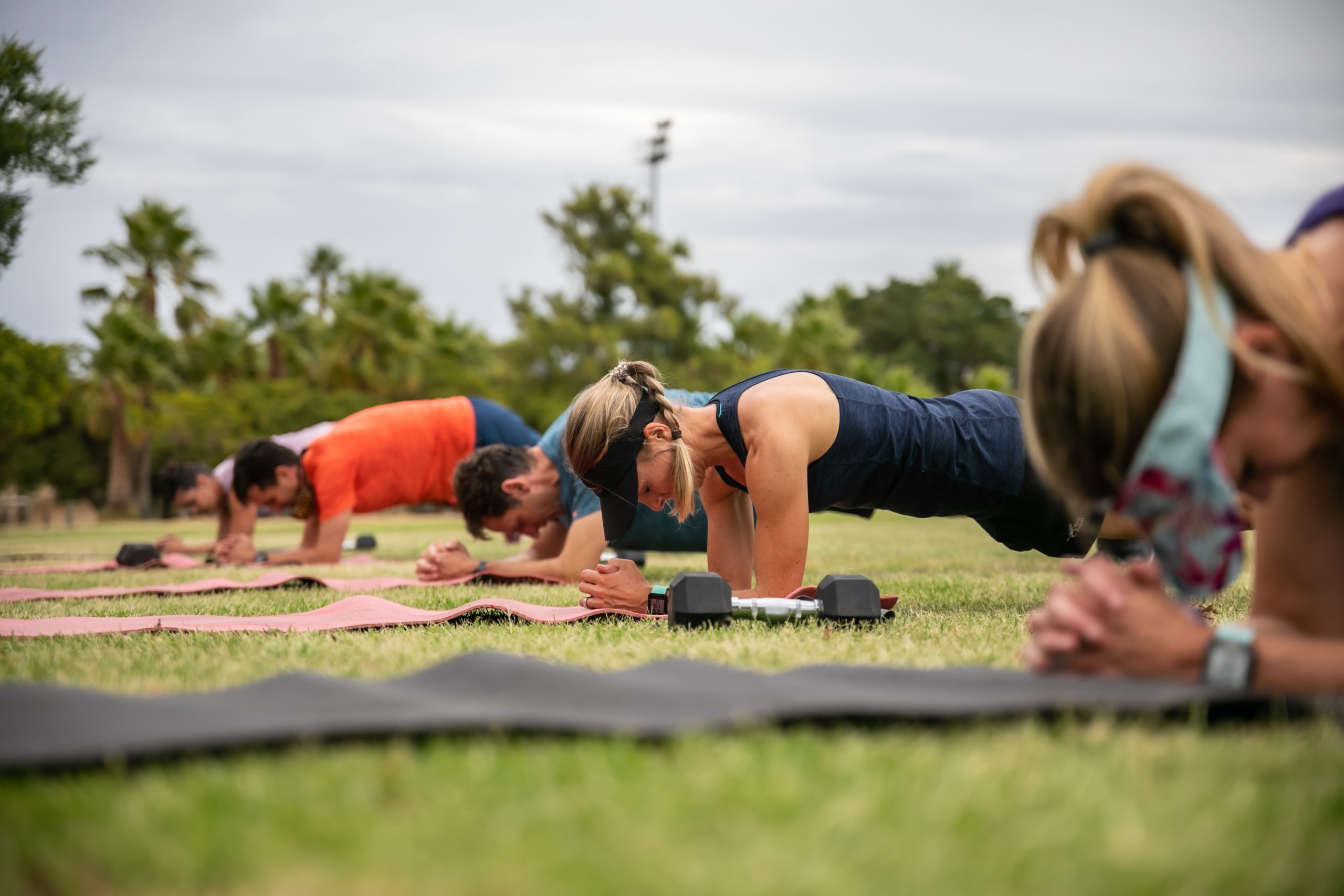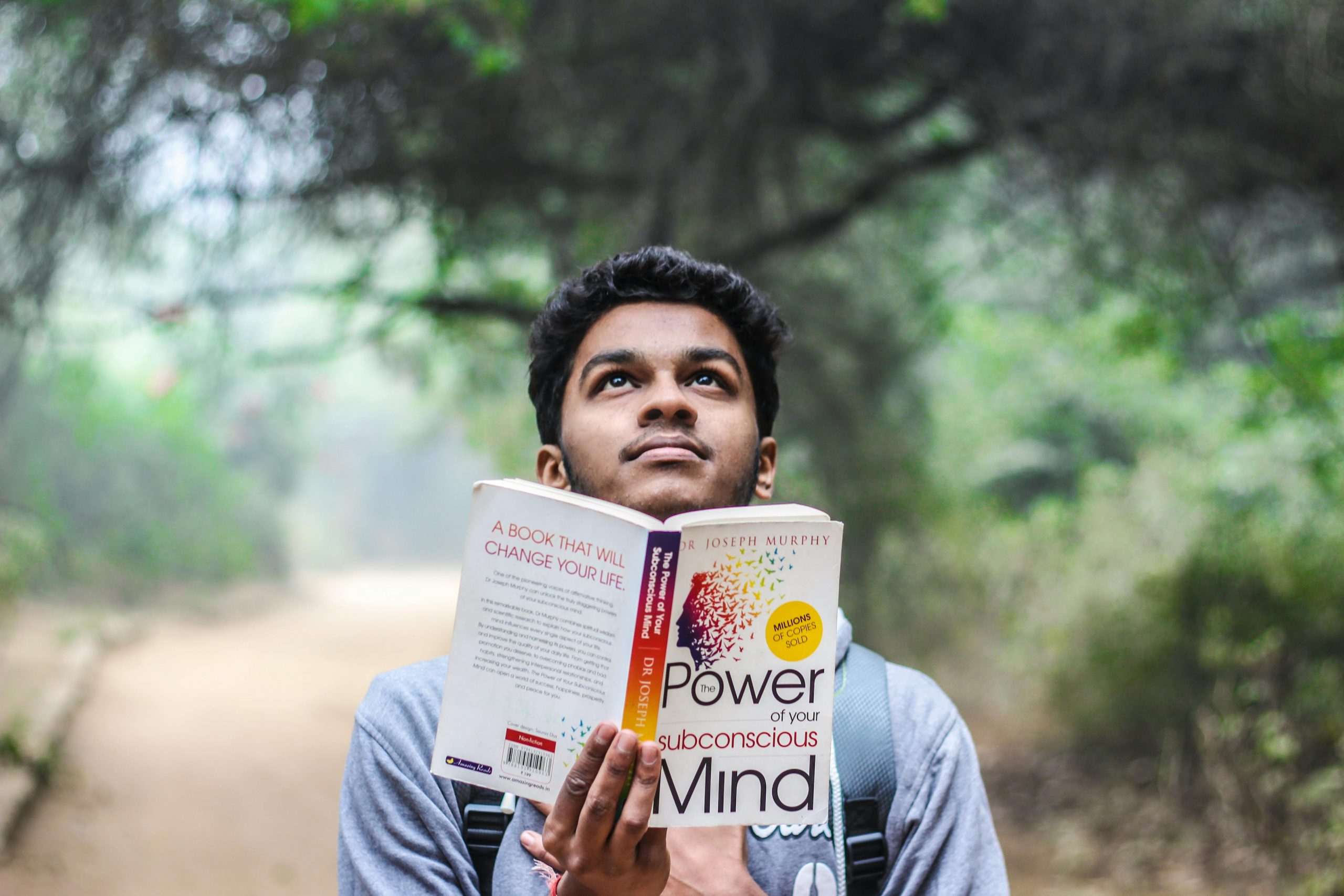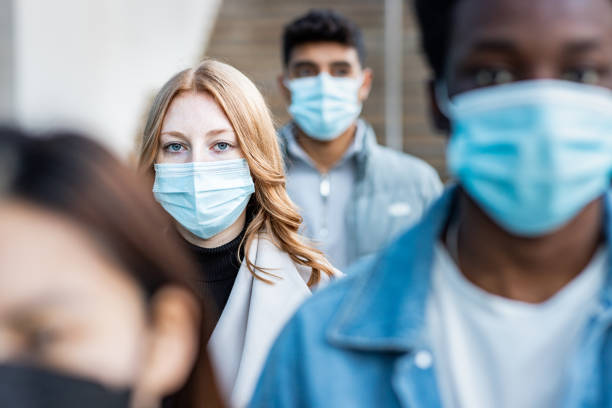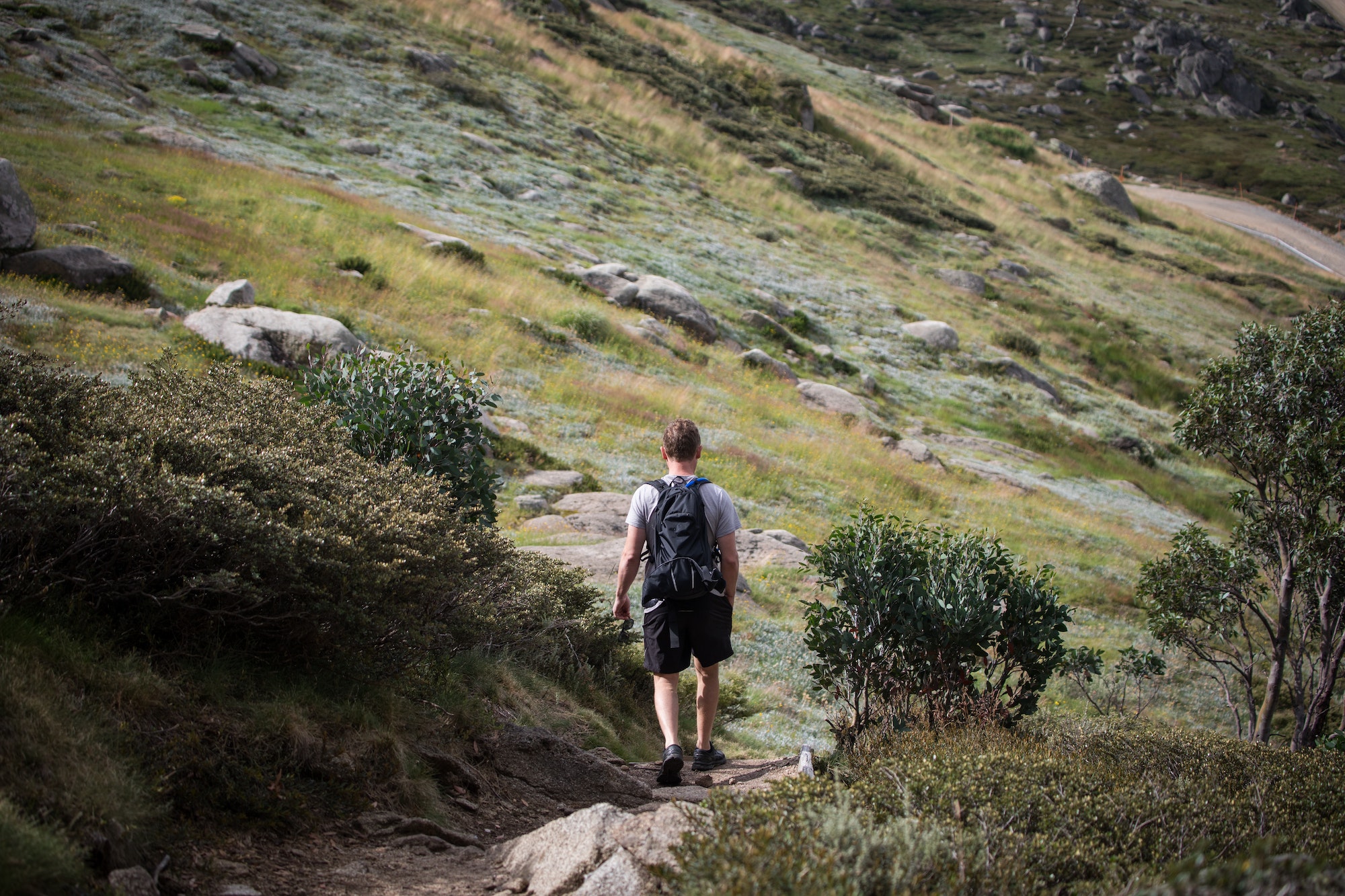The state of arousal we experience when encountering a stressor is a normal, evolutionary emotion linked to the ‘fight or flight’ response.
A state of arousal can both serve or hinder us in specific situations. Usually, when we assess a situation and perceive that our capabilities are insufficient to cope with the issue, arousal can develop into stress. In modern life, we get bombarded with different stressors for prolonged periods of time. This relentless bombardment is the typical mechanism for causing anxiety. Other forms of anxiety can be triggered after experiencing a traumatic event or child/adolescent developmental issues.
The mental health support organisation ‘Mind’ highlights a general criteria for anxiety. The criteria includes: feelings of anxiety are strong or last for a long time; fears or worries are out of proportion to the situation; avoiding situations that might cause you to feel anxious; worries feel very distressing or are hard to control; regularly experience symptoms of anxiety which effects everyday life!
To note, anxiety is a complex phenomenon. It would be impossible to cover at depth using a 500- word blog. I would encourage everyone reading this to do a quick search on Google Scholar and check out some of the latest reviews surrounding anxiety literature. If you are short on time, just read the introduction section as they usually give a concise overview.
Ok, let me kick this paragraph off with a statement based on a huge amount of research, ‘People who are physically fit have less anxiety than those who are unfit’. That’s a bold statement and here is another, ‘Physical fitness provides a physical and psychological buffer from the experience of anxiety’. Anxiety research, like most, covers multiple dimensions and variables. For example, regular exercise has been shown to both reduce and prevent State (acute) and Trait (General/prolonged/neuroticism) anxiety symptoms.
Other research found regular exercise had a positive affect on both nonclinical and clinical anxiety. Some studies also found exercise was as good as anxiety medication and in some cases more effective. The damaging side effects of antianxiety drugs such a diazepam are well documented and to put it mildly, they are not pretty! The side effect of exercise, in most cases, is pretty dam fantastic. In the short term, the phrase ‘tranquilizer effect’ has been used to explain the acute experience of calmness experienced following a training session. Now that sounds good to me!
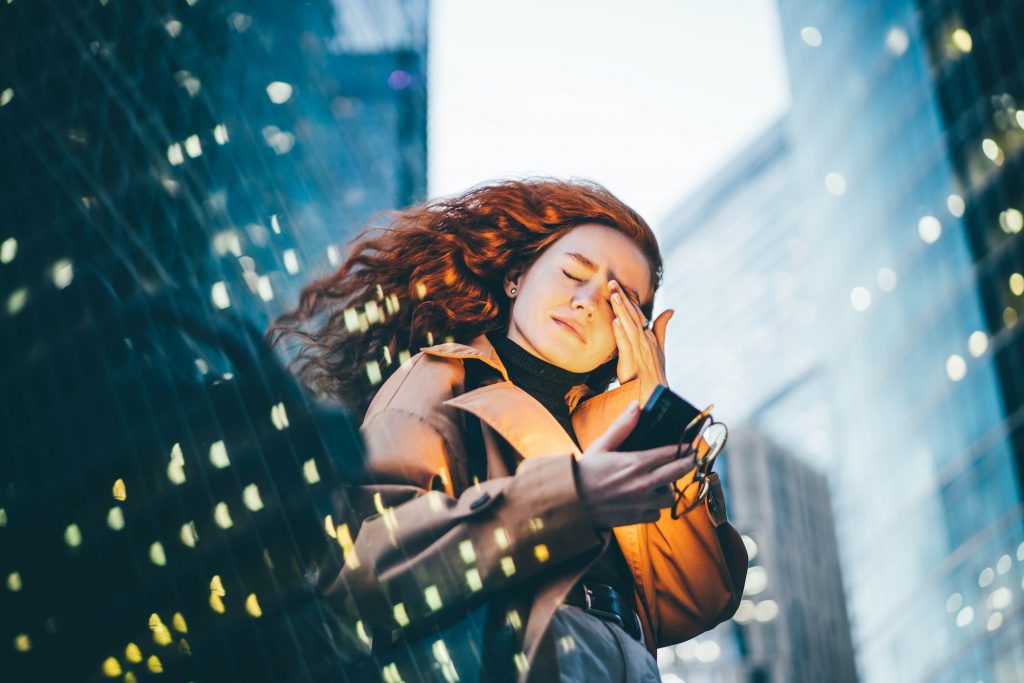
So, what is the plan? Firstly, regular exercise in line with the WHO guidelines (see my Blog ‘Physical activity, sedentary lifestyles and exercise. What’s the craic?’) is a great start. Further research is needed to identify the correct dose of exercise for each dimension of anxiety from PTSD, panic attacks, general anxiety disorders to boarder line non-clinical cases. However, the evidence for an accurate dose-response points toward regular moderate to vigorous aerobic exercise.
From a personal trainer’s perspective, we should always throw in resistance, balance, stabilisation and flexibility training. Additionally, combining exercise with breathing techniques, mindfulness meditation and anxiety education will be a huge help, only adding to your wellbeing toolbox. As I mentioned earlier, we experience stressors almost every day. By engaging in free, fun and beneficial activities that develop our stress tolerance is nothing short of a ‘Win-Win’. So shake off those gym clothes, throw them on and start moving.
Matt Adey, MSc.

